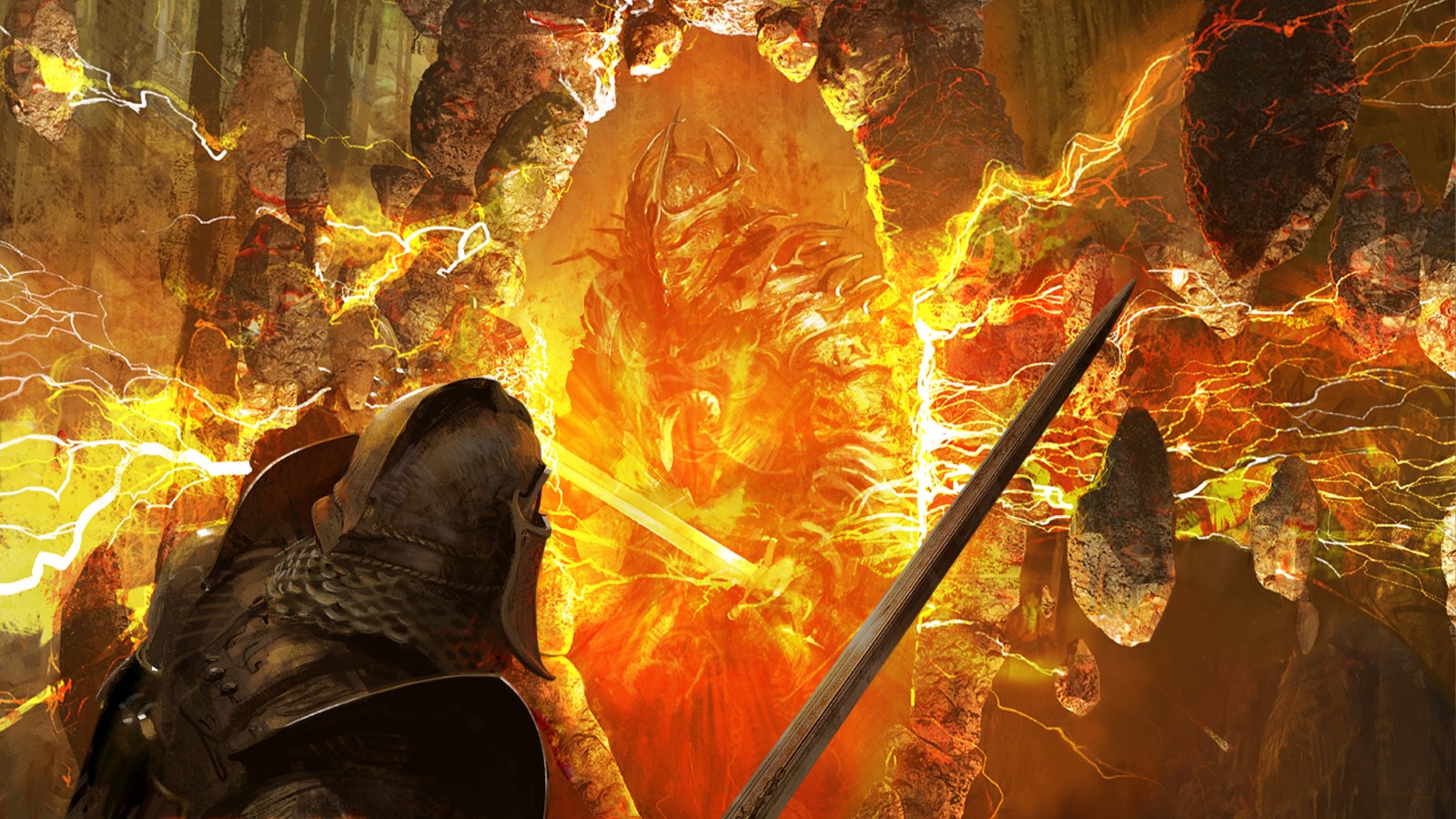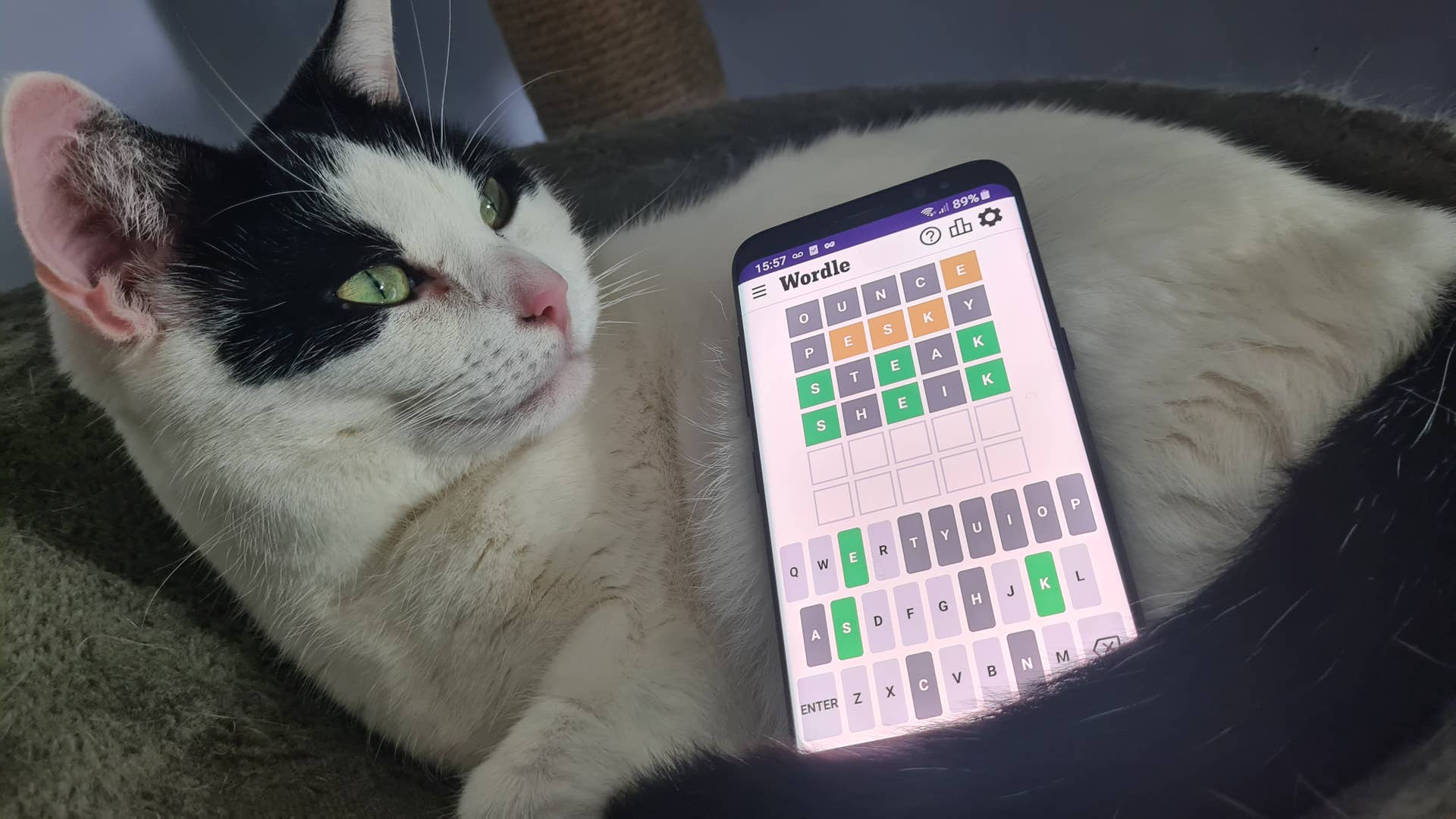
"Baldur's Gate 3 has raised the bar, and I think players would expect more in terms of player options and world reactivity and world interactivity moving forward from the very best RPGs."
Indie developer Ossian Studios is a bit of a people’s champion for a certain brand of RPG sicko (I’m a certain brand of RPG sicko). Company founder Alan Miranda worked at BioWare on Baldur’s Gate 2 and Neverwinter Nights before striking out on his own. With the exception of an android RPG released in 2013, Ossian’s work hasn’t strayed far from Neverwinter Nights’ umbrella, with its portfolio mostly consisting of ambitious, unique RPGs built on NwN’s foundation—expansions like Darkness Over Daggerford and Mysteries of Westgate that punch well above their weight.
But now Ossian’s going bigger than before, crowdfunding Pathfinder: The Dragon’s Demand, a standalone CRPG it’s building from scratch, based on the new second edition rules for the Dungeons & Dragons-derived system. I spoke with Miranda, who is also the project’s director, as well as Ossian lead designer and longtime Neverwinter Nights modder Luke Scull about the project and their ambition to make a highly reactive, Baldur’s Gate 3 or Divinity: Original Sin-style RPG work at a much smaller scale.
Scaling down
(Image credit: Paizo, Ossian Studios)
(Image credit: Paizo, Ossian Studios)
Like Owlcat’s Pathfinder adaptations Kingmaker and Wrath of the Righteous, Ossian is adapting a pre-existing tabletop adventure. The Dragon’s Demand is a module (read: self-contained story) that takes characters from level one up to level seven. Even with Ossian adding an extra level to that cap (and reserving the right to push a little further in DLC), that’s a far cry from the 20-level high-power fantasy of Owlcat’s games or the 30-40 “epic level” caps in Neverwinter Nights. It’s also a very intentional choice.
“Baldur’s Gate 3 demonstrated that you can have a relatively low level spread, but still have a huge gain with lots of character choices, lots of build options,” explained Scull. “Owlcat was making adventure paths, which are basically three of these kinds of modules put together,” Miranda added. “We chose that smaller size module…to make it manageable for us as a small indie company to do.”
There are a few reasons I find that scope particularly exciting. Ossian has no shortage of ambitious goals for The Dragon’s Demand, and a corresponding sober realism in other areas of the project gives me confidence the studio will be able to get it all done.
It was always going to be a miniatures game.
Alan Miranda
Also: Low-level RPGs rule. In addition to Baldur’s Gate 3, I point you to genre classics like Troika’s Temple of Elemental Evil (with a level cap of 10) or BioWare’s original Baldur’s Gate (8-10 depending on your class) for examples of low-level D&D done right. Lower levels often mean higher stakes, with characters lacking the inflated health pools and superhuman abilities of endgame builds. There can be a numbing effect to an RPG endgame swollen with overpowered abilities and magical items, leaking inflated damage numbers all over the floor.
But that’s not Ossian’s only deflationary target with The Dragon’s Demand. “As I’ve gotten older—and you’ll hear this from other RPG players as they get older—they don’t have time for 100-hour RPGs,” Miranda said. “It’d be much nicer if it was a 20 or 30 hour game. And we thought that’s something good to focus on.”
Mini me
“It was always going to be a miniatures game,” Miranda said of the unique presentation. The Dragon’s Demand is leaning into a virtual tabletop look, a sort of midpoint between Tabletop Simulator and a more traditional CRPG art style. Every character and enemy is represented by a largely static (though customizable and reflecting changes in equipment and status) model with a round base. My favorite touch is the full-3D, physics-simulated dice for attack and damage rolls, a fun twist on the visualized rolls in Baldur’s Gate 3 and Disco Elysium.
“You’re always looking for something to help differentiate your game,” said Miranda. “There’s so many games out there that are new versions of the original Baldur’s Gate or going all the way to Baldur’s Gate 3 with full 3D. It’s a crowded space.”
Baldur’s Gate 3 has raised the bar.
Luke Scull
It’s also another place where resource allocation comes into question—Ossian doesn’t have to maintain a high level of animation fidelity with this art style, which means the studio can instead focus on simulating tabletop features and player options that don’t often make it into videogame adaptations like flight, underwater combat, or a cover system: “A lot of that would be a huge effort—even for someone like Larian—to do all the character animations and sync all that up,” Miranda said.
Scull believes that this will “open a whole new breadth of options” for him in designing the game, and he cited infiltration options like crowbarring open windows or climbing down chimneys as the kinds of avenues he wants to give players. Miranda referenced immersive sim Deus Ex as a big inspiration, and hopes players will have to think “a bit in 3D” to overcome Dragon’s Demand’s challenges and encounters.
(Image credit: Paizo, Ossian Studios)
(Image credit: Paizo, Ossian Studios)
(Image credit: Paizo, Ossian Studios)
(Image credit: Paizo, Ossian Studios)
Replicating some of the magic of Baldur’s Gate 3 (maybe the most imm simmy CRPG) seems to be Scull’s primary ambition with The Dragon’s Demand. He found that BG3 had “the best of two game styles,” with its open and interactive world as well as “the deep character writing and storytelling and encounter design of the very best traditional isometric RPGs.”
On the character writing front, Scull assured me that Dragon’s Demand won’t be an Icewind Dale or Fallout: Tactics sort of RPG where you have a party of blank slates, but will instead go for that whole hog BioWare-style experience with “companions, romances, character arcs, quests” and “surprising revelations” that weave into the main narrative.
Though Scull allowed that it will require “an incredibly large amount of writing and scripting,” he believes the team at Ossian will replicate that open-ended Larian magic at a smaller, indie scale. “Baldur’s Gate 3 has raised the bar,” Scull argued, “and I think players would expect more in terms of player options and world reactivity and world interactivity moving forward from the very best RPGs.
“That’s what we’re trying to do, be a DM that enables any player’s play style.”
Pathfinder: The Dragon’s Demand is currently working toward its fundraising goal on Kickstarter, where you can still back the project. You can also follow Ossian Studios on Twitter or Facebook.






